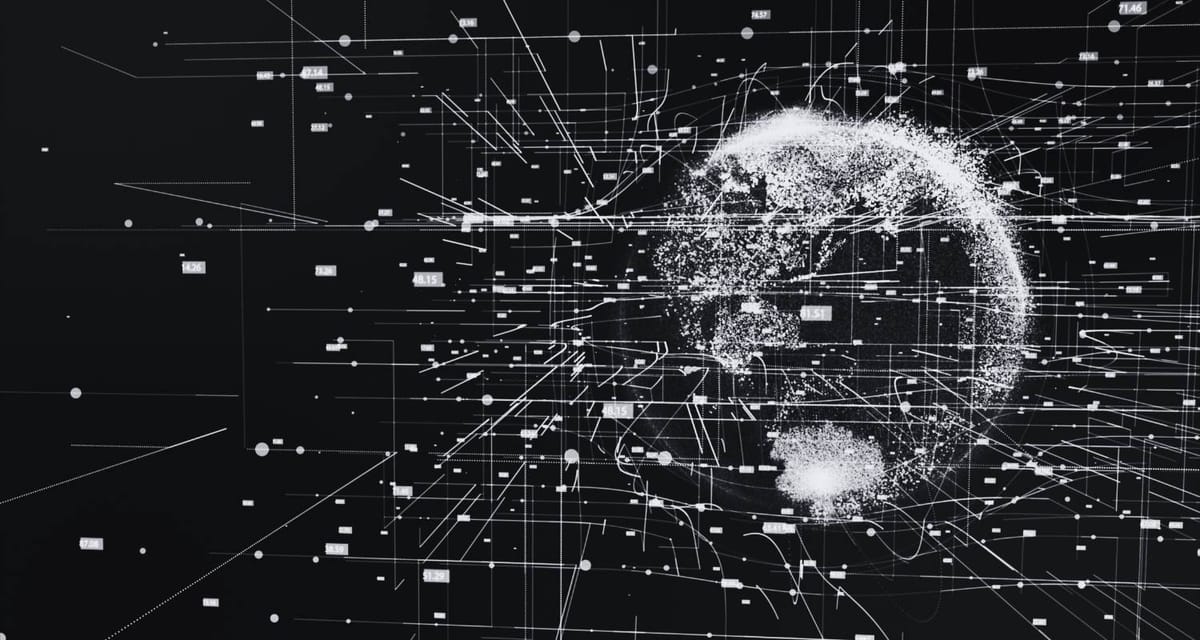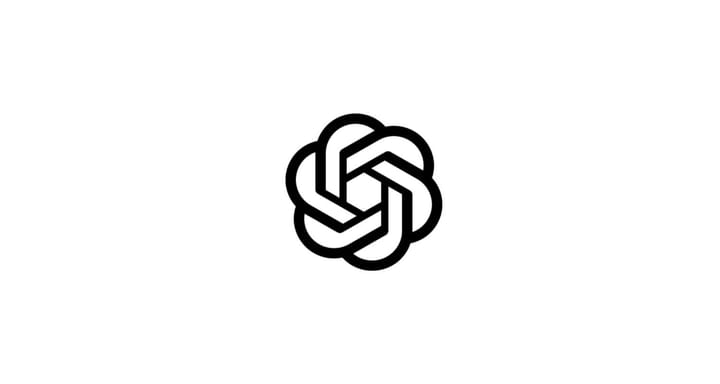Model Context Protocol (MCP): The Key to Unlocking Smarter AI Assistants
Everyone is talking about MCP. What Is Model Context Protocol (MCP) in simple terms?

If you’ve been seeing MCP buzz all over X and wondering, "What is it, and why should I care?" you’re in the right place.

MCP is being hailed as the missing piece in AI automation. It could finally take us beyond simple chatbots into the realm of truly intelligent AI assistants.
But what exactly is MCP, and who’s building in this space? Let’s break it down.
What Is Model Context Protocol (MCP)?
Think of MCP as a universal translator for AI tools. Right now, AI models are powerful, but they struggle to interact smoothly with different APIs, databases, and external tools. Every connection requires custom integrations, manual work, and constant updates. This can be a nightmare for developers trying to build advanced AI assistants.
MCP solves this by acting as a standard communication layer between AI models and external services. Instead of every tool speaking its own language, MCP provides a common protocol that AI can use to interact with different APIs, databases, and software without needing complex custom coding.
Why Does MCP Matter?
Right now, building an AI assistant that can do multiple things (search the web, send emails, update spreadsheets, etc.) requires a Frankenstein’s monster of integrations. Each tool speaks a different language, has different rules, and needs constant maintenance whenever APIs update.
MCP changes that by offering:
• A standardized way for AI to interact with tools - no more custom integrations.
• Faster development & scaling - AI assistants can add new capabilities seamlessly.
• More reliable AI performance - less risk of tools breaking when APIs update.
MCP is the infrastructure that makes AI more capable, scalable, and developer-friendly.
How MCP Works
MCP consists of three key components:
- MCP Client – The AI model (like Claude or GPT-4) that interacts with external services.
- MCP Server – The middleware that translates AI requests into commands that external tools can understand.
- External Services – The APIs, databases, and software that AI interacts with through MCP.
Instead of an AI model struggling to "talk" to each tool separately, MCP standardizes the conversation, making integrations smoother and more efficient.
Companies Leading the MCP Movement
Several major players and startups are working with MCP to make AI more powerful:
- Anthropic – The creators of Claude AI, driving the development of MCP standards.
- Tempo – An AI startup specializing in assistant automation, leveraging MCP to streamline integrations.
- Windsurf by Codeium– A company exploring how MCP can enhance AI-powered workflows.
- Cursor – Building AI-powered developer tools with MCP compatibility.
- Convex & Supabase – Database companies that are integrating with MCP for smoother AI interactions.
More companies are jumping on the MCP bandwagon, as it reduces engineering complexity and speeds up AI deployment.
What’s Next for MCP?
We’re still in the early stages, but MCP is set to revolutionize how AI interacts with the world. Some potential game-changing applications include:
- Truly autonomous AI agents: AI assistants that don’t just chat but can act across multiple platforms seamlessly.
- Enterprise AI adoption: Companies will be able to scale AI solutions faster without painful integrations.
- A new AI App Store?: Just like we have an App Store for mobile apps, we might see an MCP-powered ecosystem of plug-and-play AI tools.
Final Thoughts
MCP is shaping up to be a major unlock for AI automation. Instead of a chaotic mess of custom integrations, it offers a standardized way for AI to connect with the tools we use every day.
Want to stay ahead of the curve? Keep an eye on the companies building in this space and watch as MCP transforms AI assistants from glorified chatbots to real-world problem solvers.



